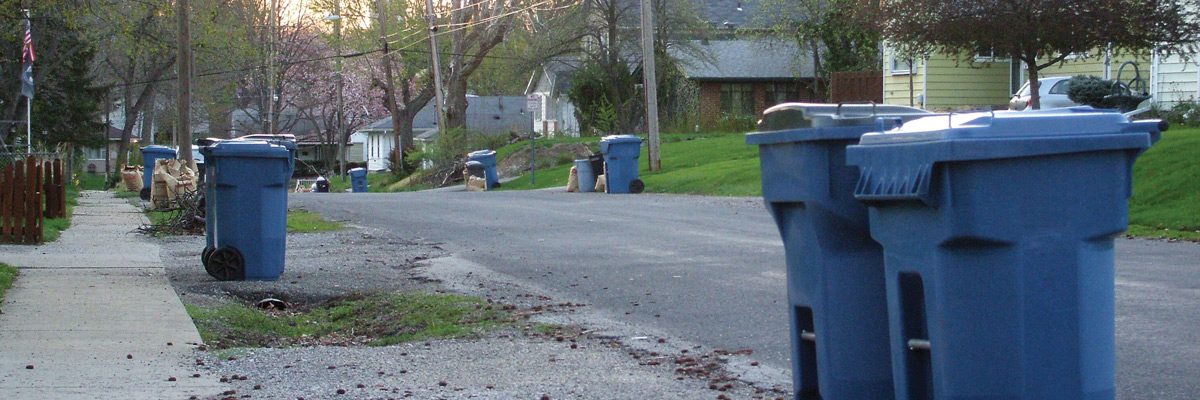There are many things you could call what happened to Japan. A nuclear, earthquake, or tsunami followed by the word disaster. But to me it is a failure of planning disaster. I can imagine a 20 foot wall 10 miles inland with all the areas population living behind it. I can imagine all the land in between there and the ocean as green space. I can imagine the ports and the fishing boats and the sea farms being operated by the inhabitants who must commute 10 miles one way everyday. I can not image what this guy saw. Pretty good writer also. See:
http://www.ipsnews.net/news.asp?idnews=55156
EXCLUSIVE
Report from Fukushima
By Suvendrini Kakuchi
FUKUSHIMA, Japan, Apr 7, 2011 (IPS) – My decision to visit Fukushima – the area worst hit by the massive quake, tsunami and nuclear power accident on Mar. 11 – was taken one afternoon last week after a long meeting with scientists.
The invitation to accompany the scientists on a private fact-finding mission to Fukushima was irresistible. The scientists and engineers who gathered that day, had, for decades, harboured misgivings over reactor safety design and policies and were active in the ongoing debate over the future of nuclear energy in Japan.
“There is a dire need for a real time radiation monitoring network to be set up in areas affected by the damaged Fukushima Daiichi Nuclear power plant,” Atsuto Suzuki, head of the high-energy accelerator research organisation at Tsukuba University, explained. “This is where our expertise can begin to play a role.”
We started our journey at 6am, armed with bottles of mineral water, clothing that could be discarded before our return to Tokyo, and special facemasks to protect us from radiation when we approached the 20-kilometre exclusive zone around the damaged reactors.
Around our necks dangled radioactive dosimeters, resembling large thermometers. The machines would show accumulated microsieverts of radiation contamination on our bodies and instructions were given that we carry them all the time to record the rise in the figures while noting the exact locations.
“Our own documentation of radioactive material is key to understanding the Fukushima accident,” explained Yoichi Tao, a physicist specialising in risk management design, who is now retired. He is also a graduate from Tokyo University.
But Tao is not part of the cosy group of experts who have guided Japan’s ambitious post-war nuclear power industry. Instead, having experienced the atomic bombing of Hiroshima when he was just six years old, the scientist, contends the bitter truth that Japan had chosen to ignore till today, was that fool-proof safety in nuclear power is simply a “myth”.
“It is time,” he explained, “to embark on a clearer definition of the complex concept of safety. This calls for research from diverse perspectives – the views of residents, independent opinions, as well as taking in an assessment on the impact of the accident on other countries.”
The three-hour drive to Fukushima was hauntingly poignant. With most of the motorways now open for traffic, we passed the breathtaking scenery that marks Japan’s northern region – mountains dotted with pristine pine forests on one side of the road and the pale blue, now serene, ocean glistening on the other. Sharp gusts of chilly air wrapped our car on a near empty road, a sign of the lost appeal of Fukushima – which had been up till now a tourist destination boasting therapeutic hot springs and fresh seafood.
:}
More next week.
:}
